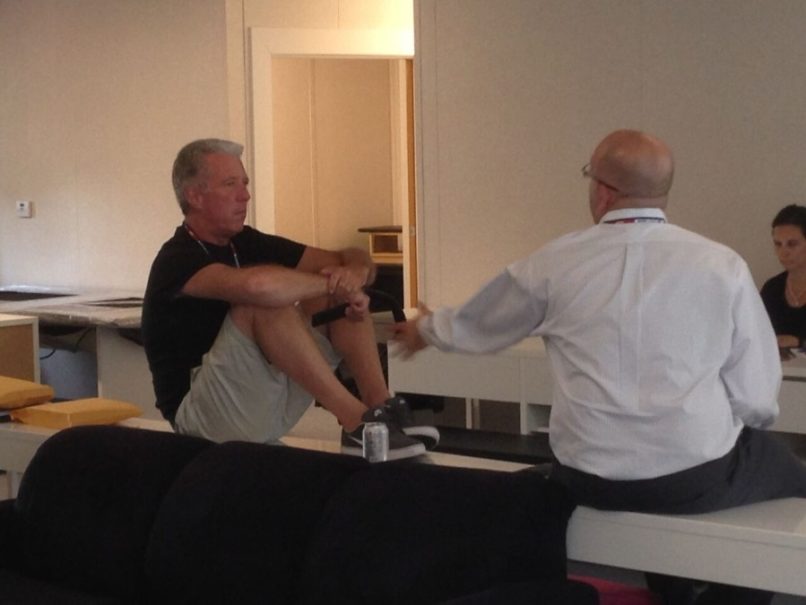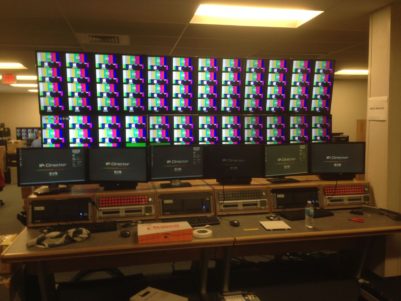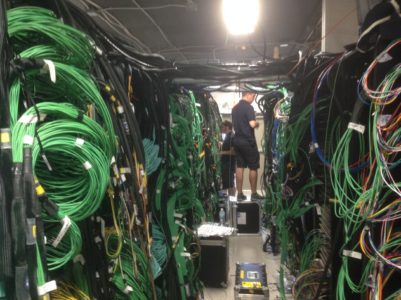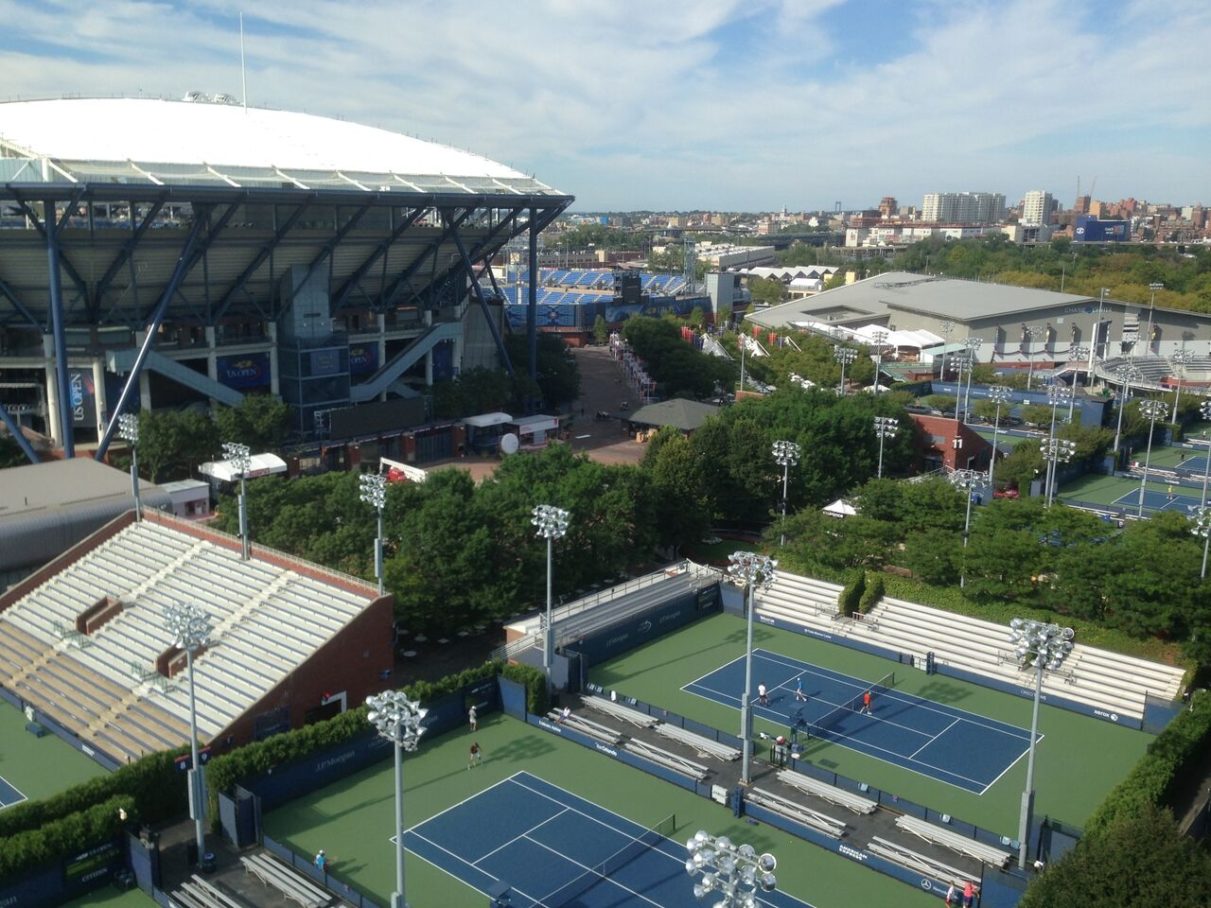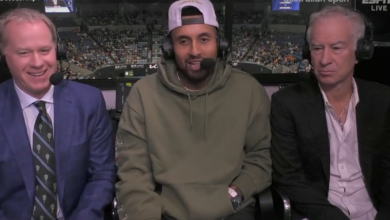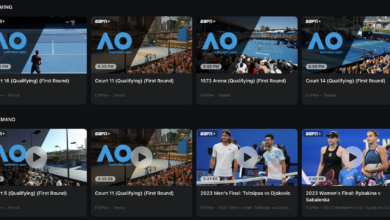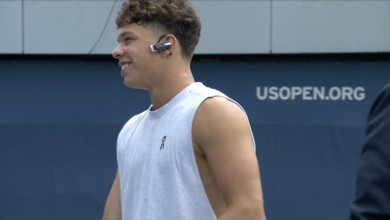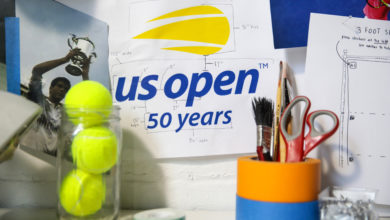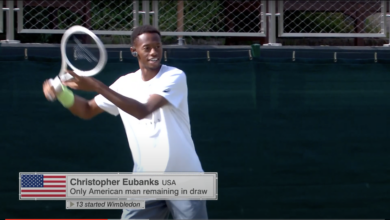ESPN will be ‘feeding’ the nation and the world for US Open
– Jamie Reynolds, on ESPN’s responsibilities for US Open coverage
For six years, every August Vice President, Production Jamie Reynolds and the ESPN Tennis Team have gone to the US Open in New York to produce about 100 hours of television for fans coast to coast. A big job, no question about it, and similar to their role at tennis’ other three Majors.
This year – thanks to ESPN’s new exclusivity for live matches in the U.S. – not only do the domestic hours climb to 130, culminating with the Women’s and Men’s Championships on Sept. 12 and 13, but there’s a whole other task at hand on ESPN’s plate: the world feed.
“We are no longer merely a client, we’re now also the provider – to 20 networks and sub-licensees around the world, including ESPN, ESPN International, ESPN3 and ESPN’s iTV product – of robust yet agnostic coverage of up to 11 courts simultaneously,” Reynolds says. “Hence the duality in my brain. . . The left side is focused on that big picture, while the right side thinks about the domestic product.”
Reynolds and others on the ESPN Tennis Team are longtime veterans, and they have “had the opportunity to observe as a client and learn from how this role is handled in Australia, Paris and Wimbledon, from technical, production and workflow standpoints,” he says. “Last year, I would walk around the grounds and pay attention to every little thing. . . things I hadn’t noticed before but now said to myself, ‘Next year, that’s our responsibility.'”
The key personnel have been working on the 2015 US Open since the agreement was announced in 2013, inheriting the mantle from CBS after 40-plus years. It’s a task so large, having that much time wasn’t a luxury. It was a necessity.
“Everyone knows the first match is Aug. 31 at 11 a.m. ET, but we needed to be locked and loaded by Aug. 21,” Reynolds says. “Every transmission line tested, every camera feed working, and every tie-wrap tied… All protocols have to finalized before the bulk of the crew starts arriving [today].”
Daunting? Indeed. And when fans tune in for an event that has become synonymous with the end of summer and takes on the loud and star-driven character of the town it calls home, no one will suspect all that went into the commitment.
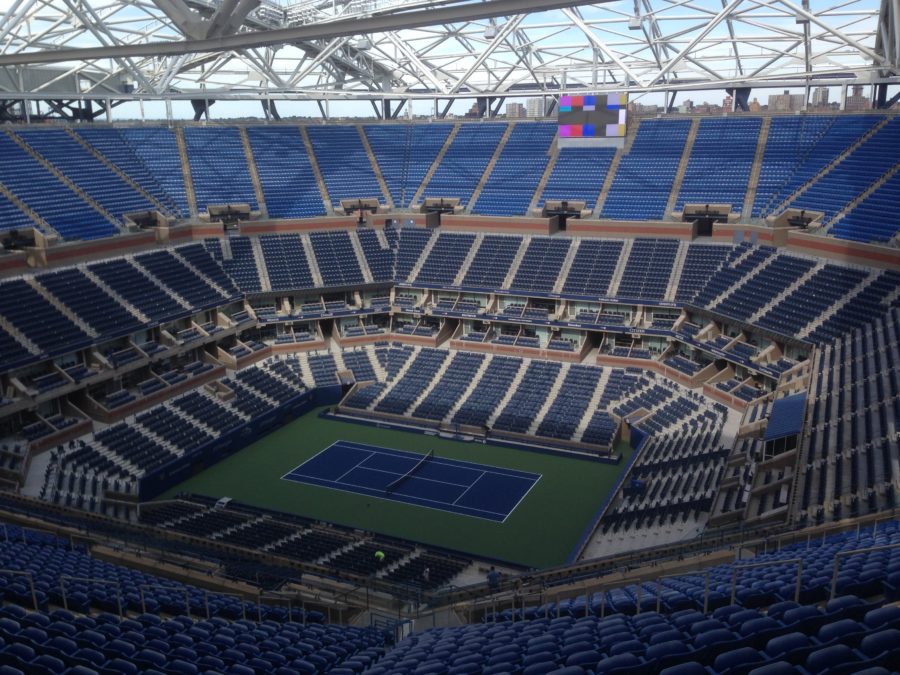
That’s an important question for ESPN at the US Open this year. It’s the first of an 11-year agreement, so there’s many efficiencies to take advantage of when building an infrastructure that will be in use in 2025.
But then, there’s the retractable roof going up atop Arthur Ashe Stadium.
Announced in 2013 to be in use in 2016, construction started after that year’s event – all underground and hidden from view for the 2014 Open. Construction resumed last fall, and the superstructure that will hold the roof is now in place above the largest tennis stadium in the world.
But all of the planning from production and operations on how they would like to set up their new home has to take into account the construction site the National Tennis Center will once again be in the near future.
“It’s an artful dance,” Reynolds says. “As we build out our new production facility – using a Fly-Pack approach with a two-story modular structure rather than mobile units – and laying out the miles of fiber and cable underground, we have to be mindful of how the site will be impacted by construction. In some ways, we are limited in how permanently we move in, setting up the new workflow and approach, until the roof is finished.”
